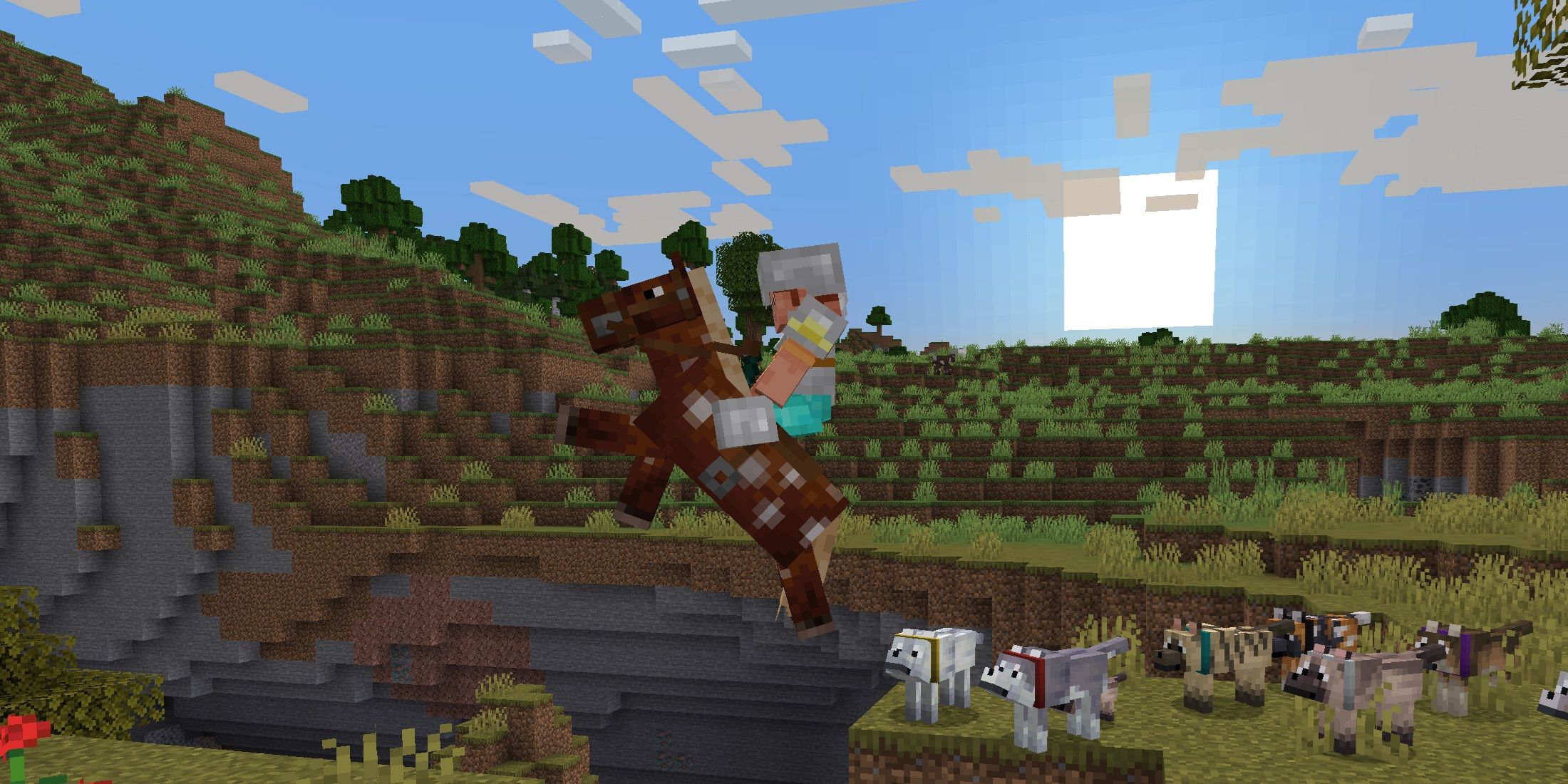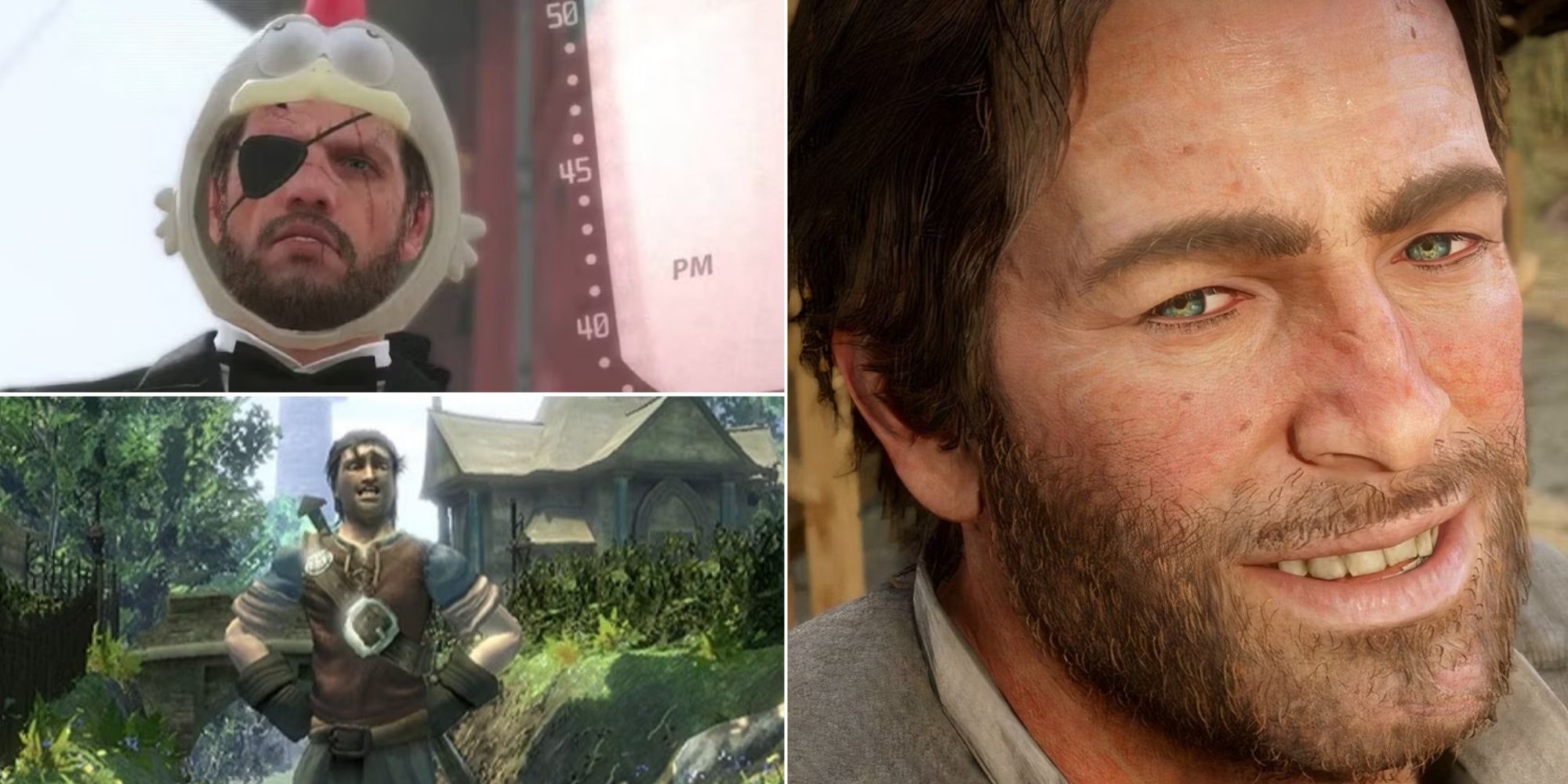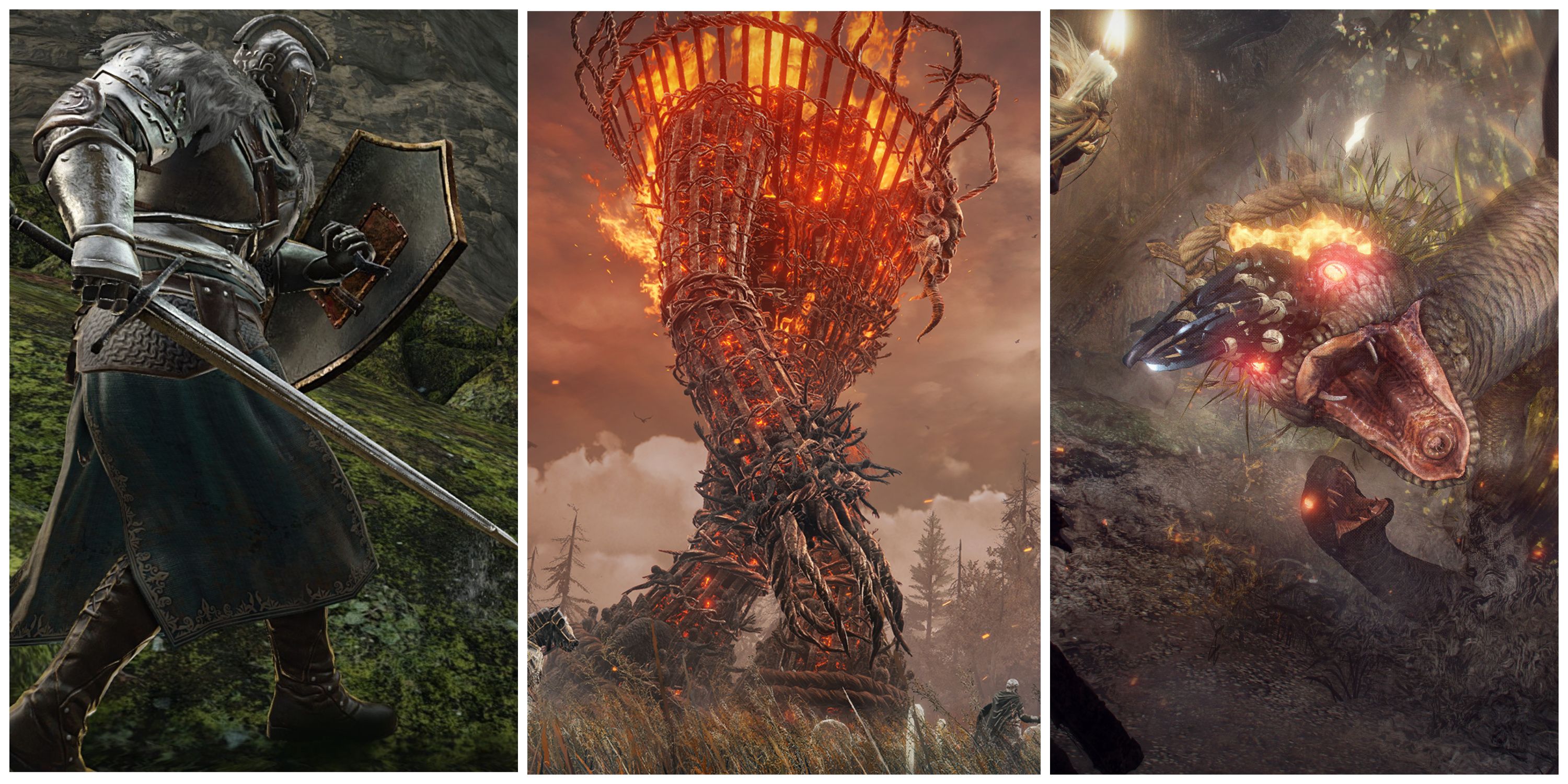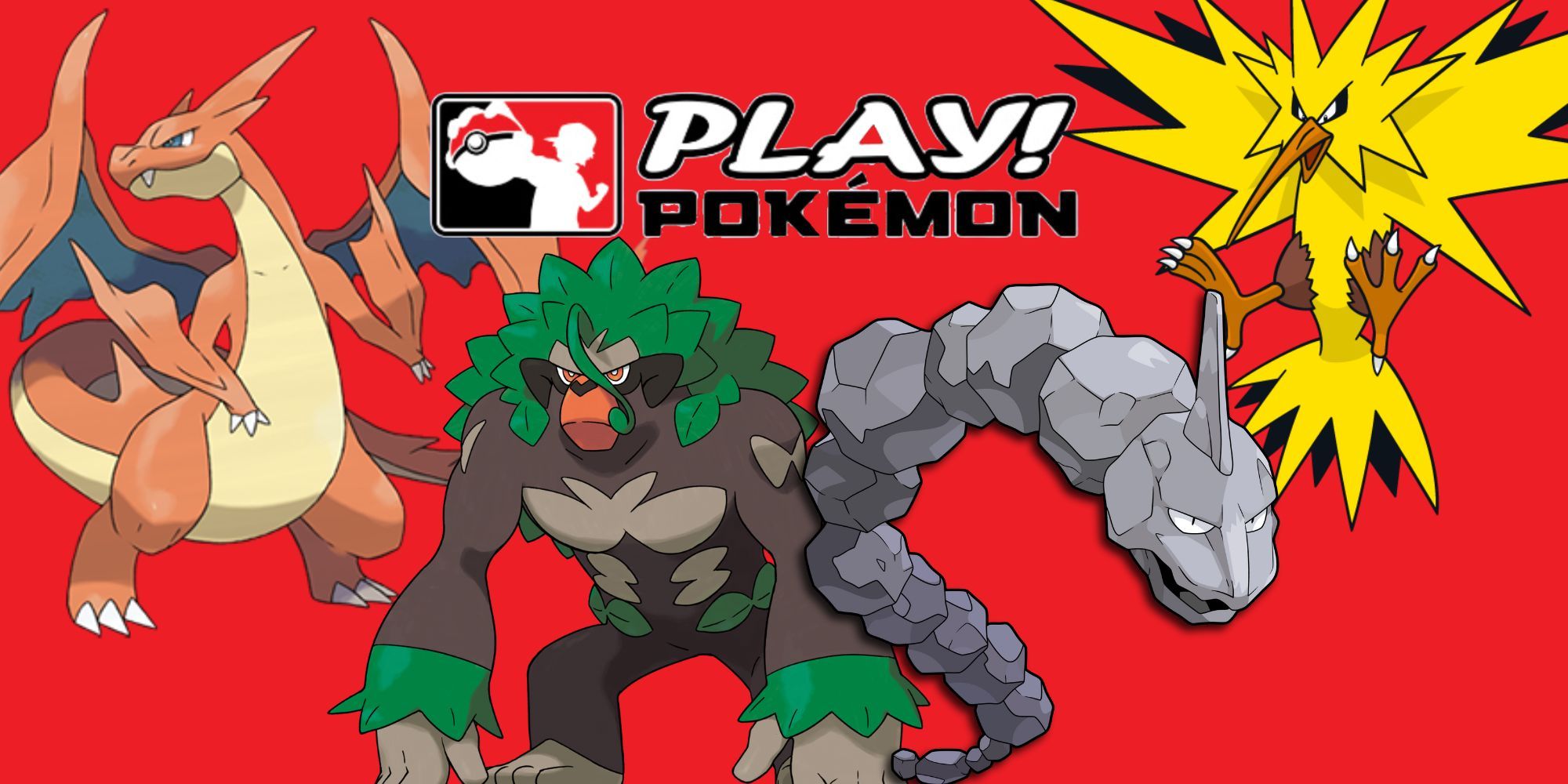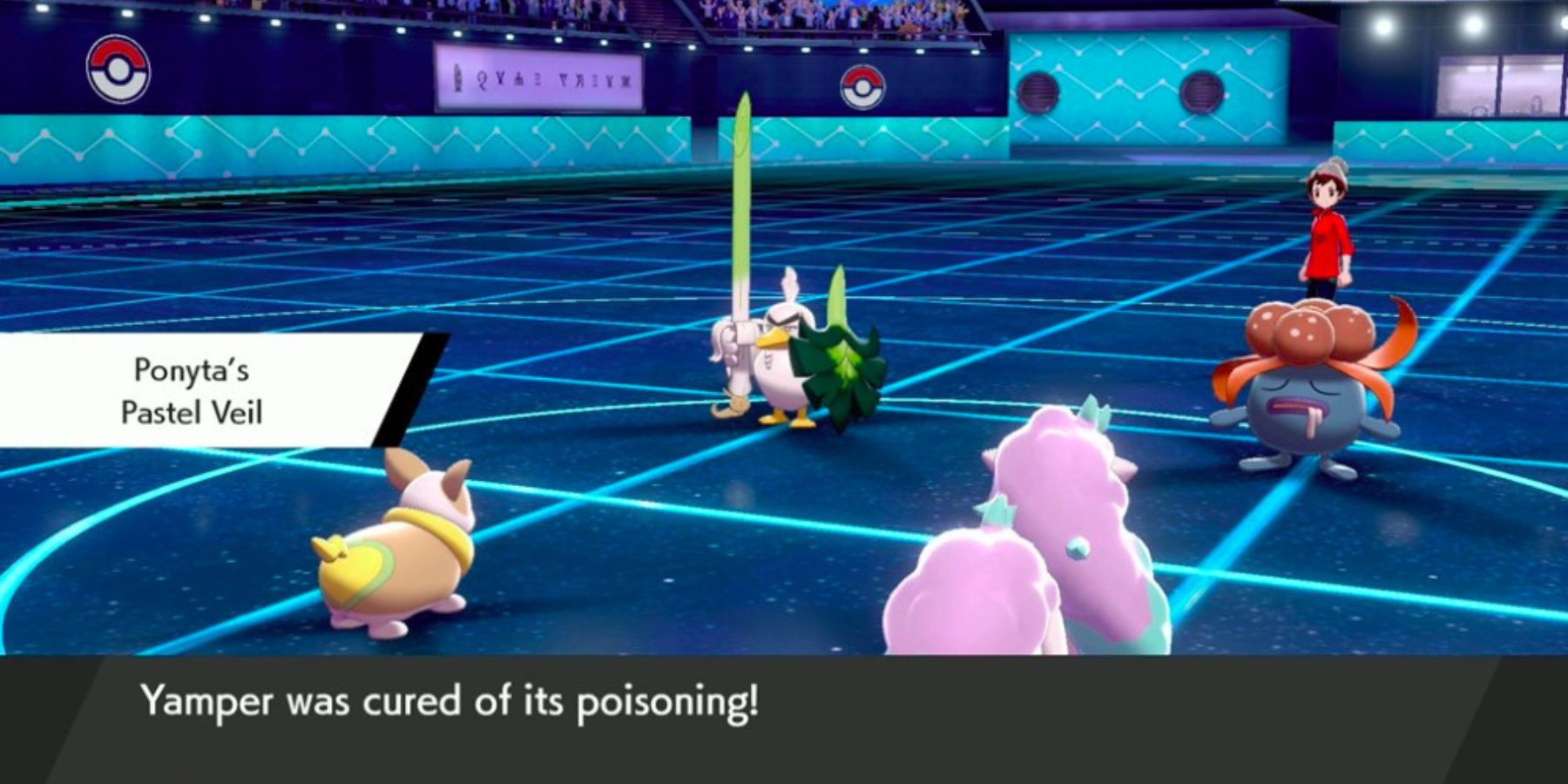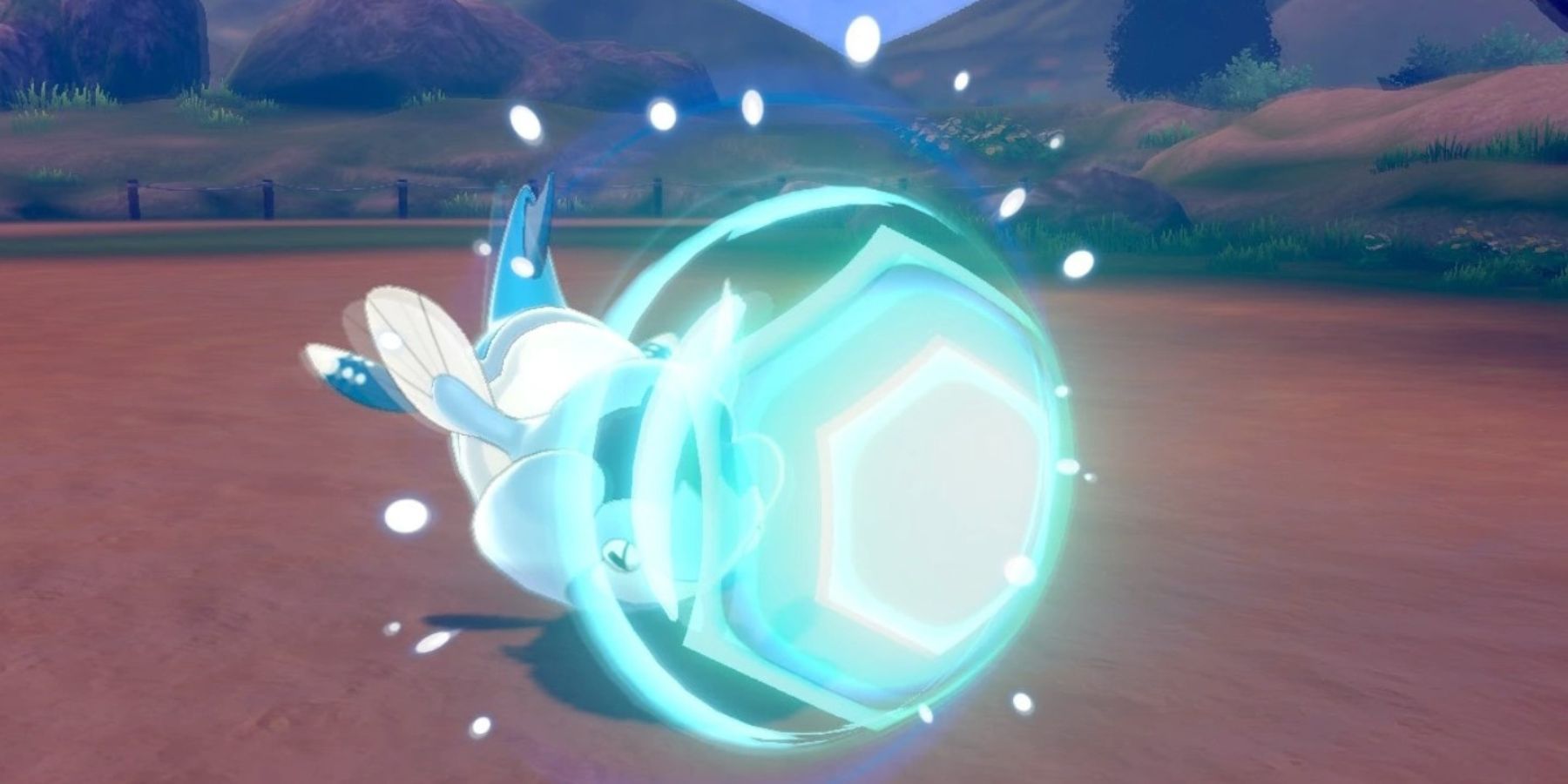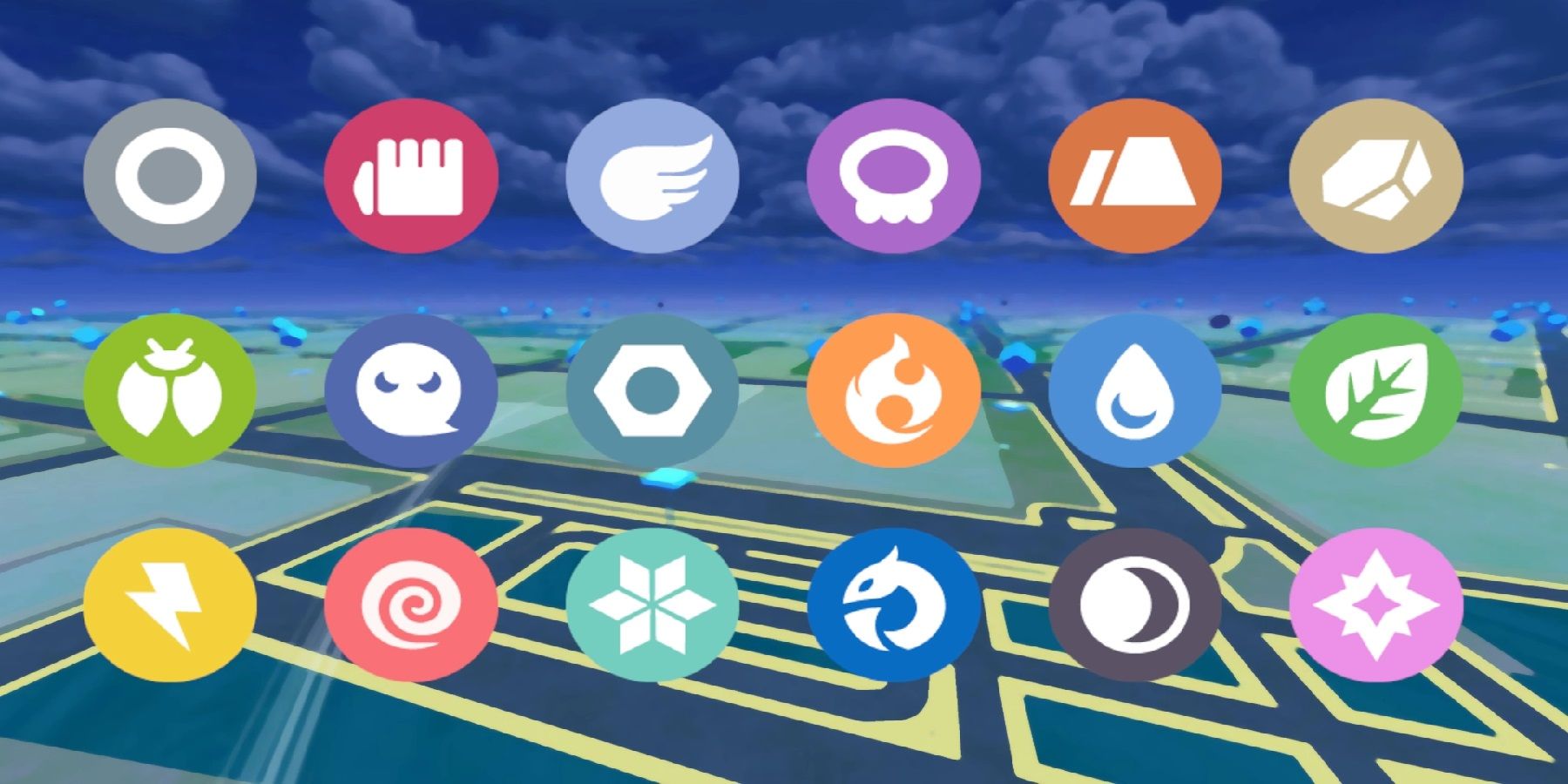Quick Links
The Video Game Championships (VGC) is a playing ground for competitive online matches between Pokemon players. Team building is crucial in competitive play, and knowing the basics can make all the difference in the outcome of battles.
Get Prepared to Build a Competitive Team
The VGC is open to all Pokemon players that can follow the current format for each series. VGC formats refer to the rules and regulations of each year's tournaments. Formats change annually, so doing some research on the current series is not a bad idea when brainstorming for a team. The format includes the below aspects:
- Current console and game used in the tournaments
- Team and Battle Rules
- Pokemon Available for Play
Each series has its selection of available and banned Pokemon. Prepare to build a competitive Pokemon team by planning and focusing on typing, team synergy, and even items to ensure a well-rounded and successful team. Also, players can watch content creators or previous series to get an idea of how different Pokemon teams can produce different results.
Picking the Right Pokemon for a Team
There is no "perfect team'; however, players can build a competitive Pokemon team that aligns with their play style and goals. Each player starts with six Pokemon and battles with four of those six.
Choosing a team in Pokemon battles can be directly affected by values, or players can experiment with team combos to discover any preferences. Either way, players can take a few steps to give a team an edge.
Establish a Core
A core is a group of Pokemon that work well together, usually two to three. Building a core can start with a specific Pokemon or move. Otherwise, use the slap-on method and start with any Pokemon that feels right at the moment. The rest of a core should be Pokemon that enhance a team with offensive or defensive typing. One common core example is Fire/Grass/Water, but there are many combos players could use.
Study the Metagame and Archetypes
Learning a series's metagame, or most commonly used Pokemon, can be immensely helpful when building a team. Often, the metagame consists of the more popular and strongest cores.
Archetypes are customized teams built around these cores that account for the strengths and weaknesses of a team. Getting well acquainted with the metagame can inspire players when choosing a competitive Pokemon team or give them an idea of what the competition might look like in tournaments.
Utilize Support Pokemon and Utility Moves
Pokemon competitive teams should include offensive powerhouses and defensive and support Pokemon. Utility moves usually serve another purpose outside of dealing damage and can be the deciding factor between a win or loss. Speed control, redirection, screen, recovery, and status moves are considered utility moves. Here are some typical ones:
- Protect
- Freeze
- Trick Room
- Fake Out
- Haze
- Reflect
Various utility moves are successful on a case-by-case basis but keeping them in mind when team building ensures that a team has strong support Pokemon that utilize them well.
Acknowledge Team Weaknesses
Even if a team has a strong core, there are bound to be some weaknesses. However, using the metagame can prepare players for potential matchups. They can build their team and plan around any popular Pokemon that could cause trouble.
Additionally, by being aware of what a team could be missing, players can add unique Pokemon to their team, which makes for much more creative play.
Explore Competitive Team Options
Building a competitive Pokemon team is a fun but daunting experience, especially for beginners. Thankfully, The VGC offers rental teams for public use to help players find footing in competitive play and experiment with different Pokemon.
So, while there are many moving parts, players have options to explore and lean into themselves as a competitor. Furthermore, feeling confident in teambuilding choices takes off some pressure, and players can enjoy the sport.
Source: VGC Guide

